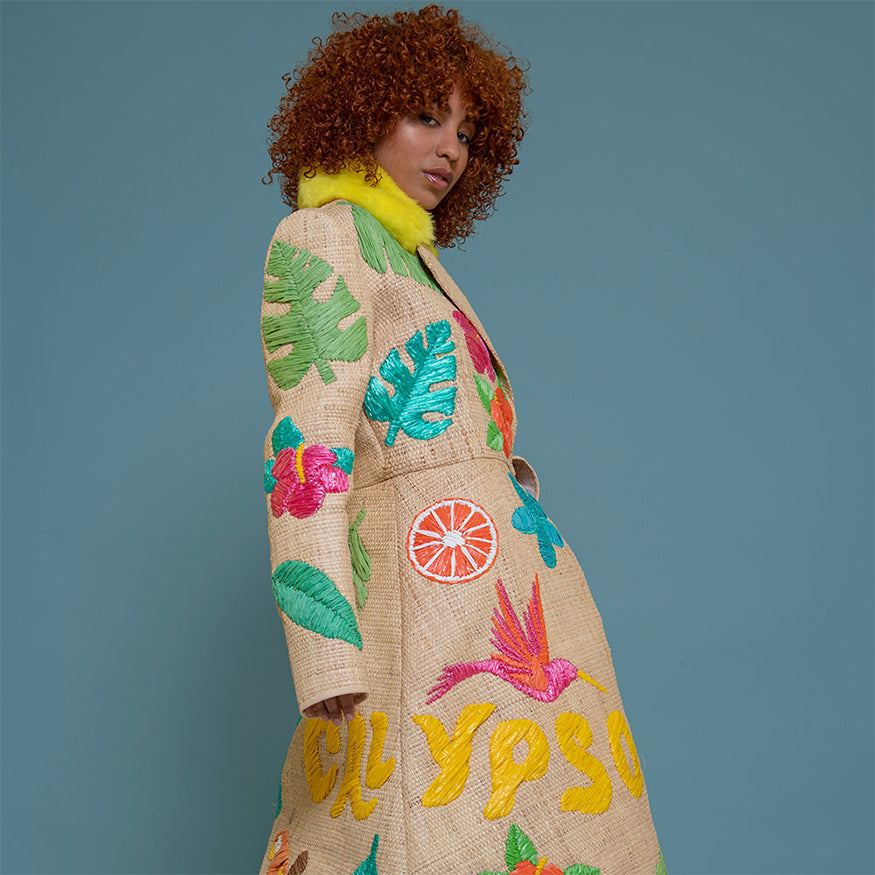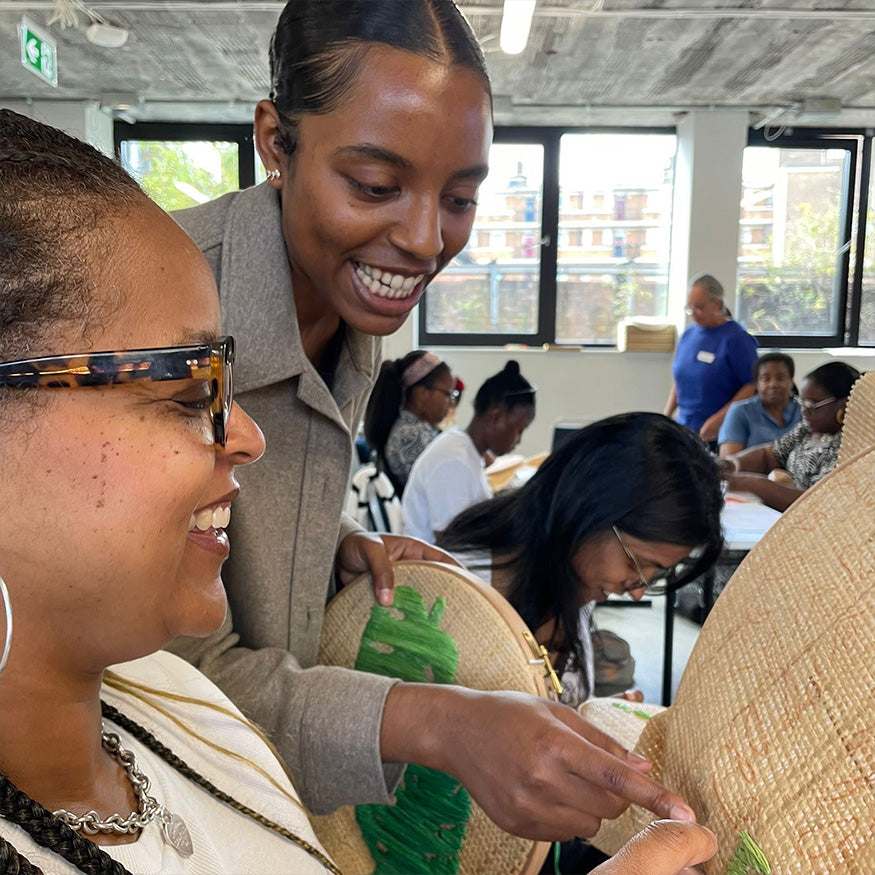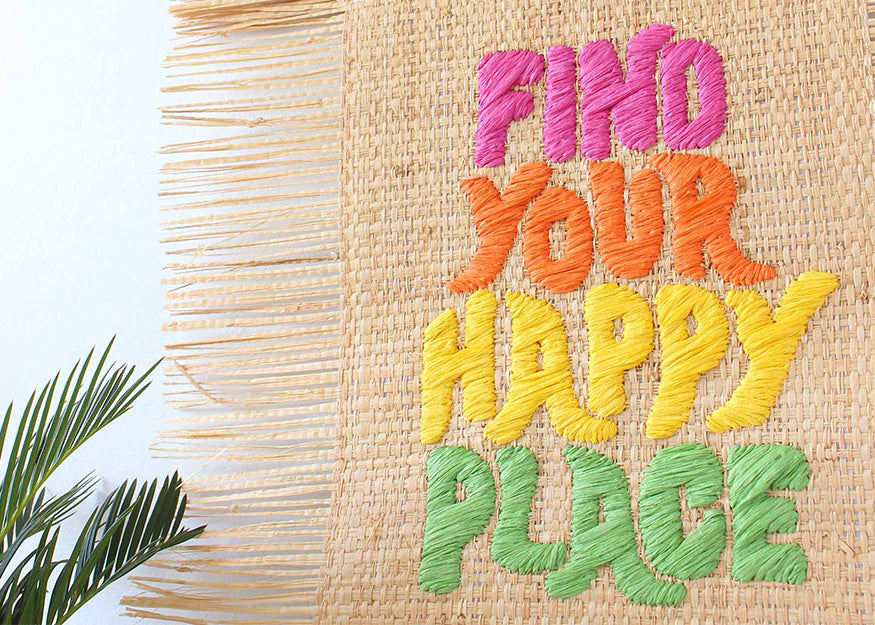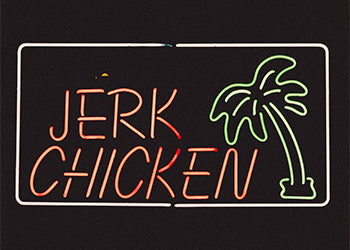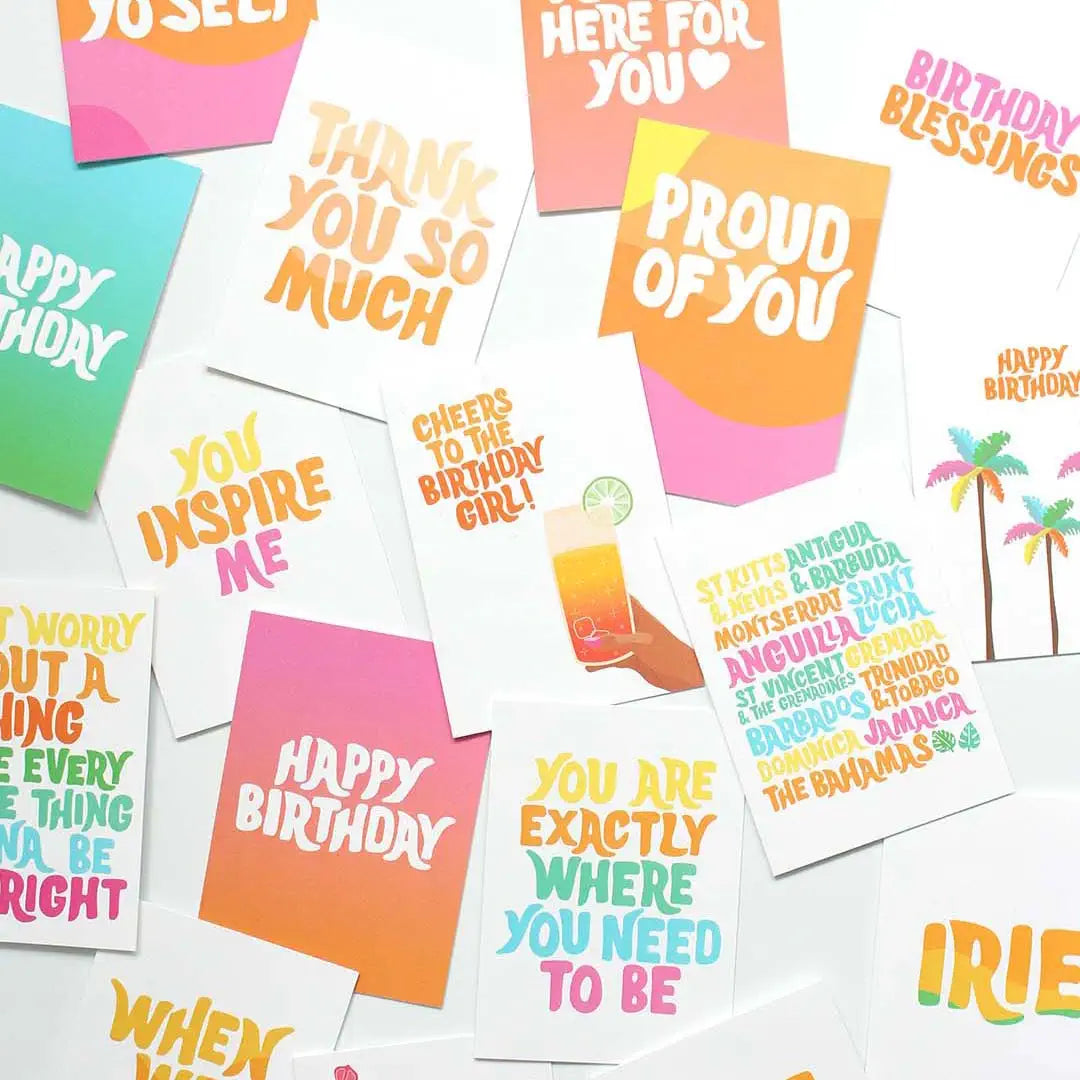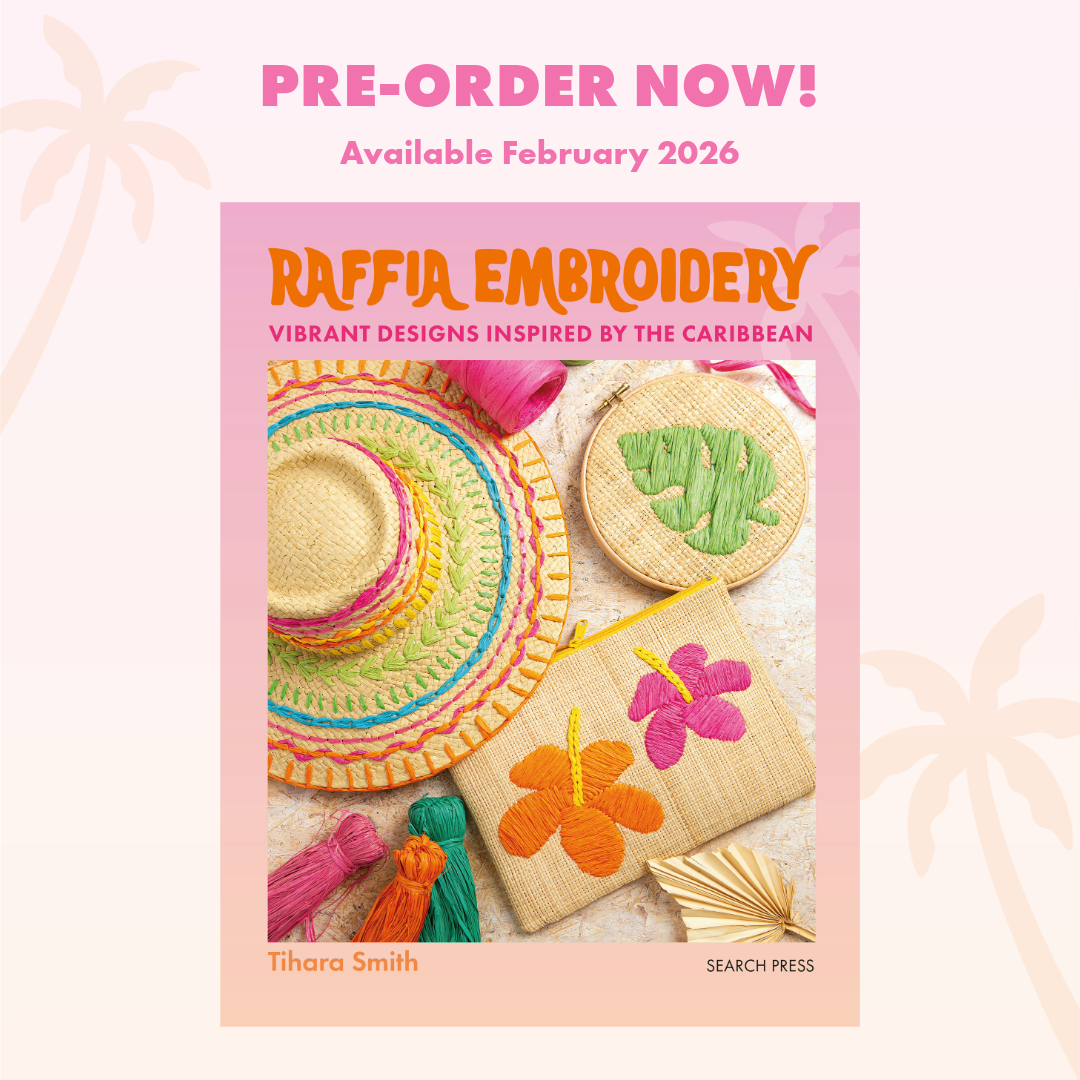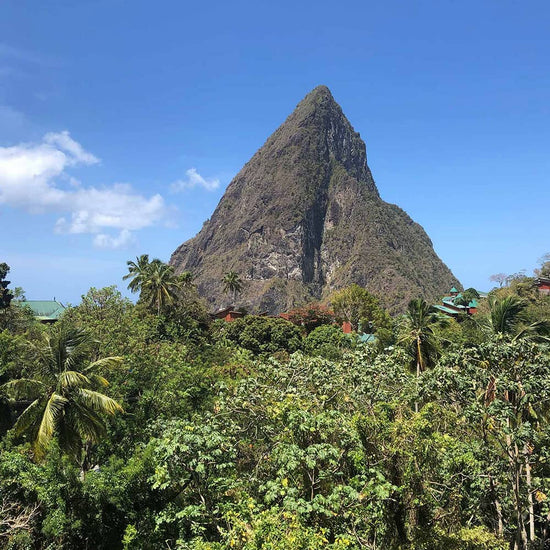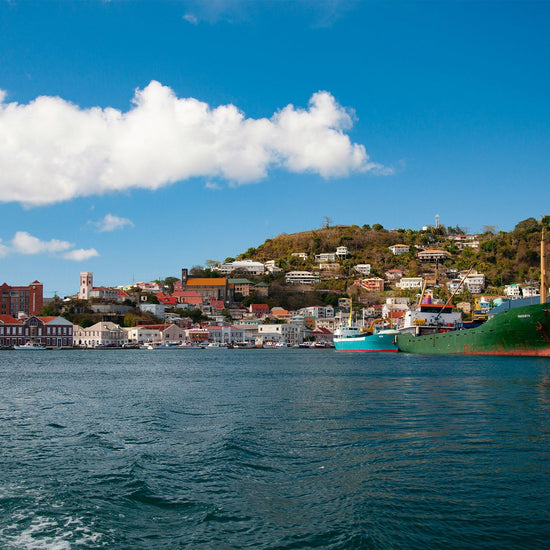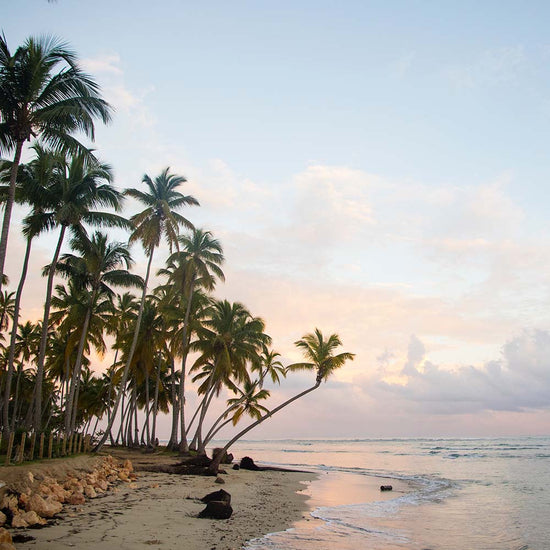Get 10% off with code:

The Caribbean is a huge source of inspiration for my work. Since creating my graduate Windrush Collection in 2018, I’ve become fascinated with learning the culture and history of the islands. I am aiming to visit as many islands as possible to see and experience the nature, beauty, history and culture first-hand. I’ve only ticked off one so far, but I’m hoping to have the opportunities tick off a lot more in the future!
Here on the blog, I share some of the culture, history and information that I am learning about the Caribbean with you. This time, I’m covering everything that I’ve uncovered so far about chocolate & the Caribbean!
A BRIEF HISTORY OF THE CARIBBEAN AND COCOA
The Caribbean’s history is closely linked to the beans from the cocoa tree. Many of the islands were colonised by European nations in the 17th & 18th centuries. Using enslaved African labour, they introduced a plantation economy to the region, mainly based on sugar, but also rum, cotton, coffee and cocoa.
Caribbean islands have a climate ideal for cocoa trees. Hot, rainy and tropical with lush rainforests. Cocoa trees grow best in these locations which are closer to the equator. The Caribbean islands grow the most rare and finest varieties of cocoa in the world, the Criollo and Trinitario. Islands Grenada, St Lucia, Trinidad and Dominica exclusively produce these fine varieties of cocoa.
A BRIEF HISTORY OF CHOCOLATE
We have The Maya of Mesoamerica (Mesoamerica is literally translated to 'middle America', the area extending from central Mexico to Honduras and Nicaragua) to thank for our chocolate. They believed the cacao bean was divine, and used them for many rituals. Cacao beans were deemed so valuable that they were also used as a currency. The Mayans consumed cacao beans in a bitter, frothy drink. Drying and grinding the beans to mix with water, and sometimes chilli.
On a trip to the Americas in 1519, to establish more Spanish colonies, Hernán Cortés encountered the Mayan cacao drink and beans and brought them back to Spain. They became a hit in Europe. The Spanish first used the cacao drink as a medicine. Due to its bitter taste, people started to add sweeteners and flavours such as sugar, vanilla and honey which made the drink even more delicious.
In the 1600s, this cacao drink became a fashionable, aristocratic staple. However, cacao was difficult to produce in large quantities, so Europeans used enslaved African labour on plantations to produce it on Caribbean islands and on islands off the coast of West Africa.
The Caribbean and Chocolate Today

The cocoa industry in the Caribbean region has been experiencing a resurgence in more recent times. There has been an increase in the number of cocoa entrepreneurs in the Caribbean who are starting artisanal ‘bean to bar’ chocolate brands. The advantage that these brands have is they have full control over their production, and they do not need to import any of the raw materials needed to produce fine chocolate. They sell their chocolate locally and regionally at farmers markets, hotels, gift shops, cafes and tourist experiences. There is plenty of scope for them to be able to export to larger markets in North America, Europe and Asia as artisanal chocolate is one of the fastest-growing sectors in the global chocolate market. This began to happen for brands like the Trinidad & Tobago Fine Cocoa Company as they listed Harrods as one of their stockists in 2019.
CHOCOLATE TOURISM
If you're interested in learning more about cocoa and its connection with the Caribbean, there's no better place that the islands themselves!
The Caribbean islands offer a range of experiences including estate tours and chocolate-making workshops. Some hotels even offer unique spa treatments that incorporate cocoa!
I’ve listed a few different experiences and workshops that I’ve found below:
BARBADOS
Barbados is a Caribbean Island known for its stunning beaches with calm turquoise waters on the west coast and dramatic Atlantic waves on the east. Beyond the beautiful coastline, Barbados offers a rich history, rum production, and a vibrant culture celebrated in festivals like Crop Over.
Unveiling the secrets of chocolate, The Agapey Chocolate Factory tour in Barbados takes you on a journey from bean to bar. Learn about the history of chocolate, then witness the artisan production process first-hand. Whilst at the factory, you can also taste their gourmet ice cream, handcrafted ice pops, and of course, decadent chocolate bars.

Dominica
Known as the nature island, Dominica is a lush, volcanic island that is home to some small cacao plantations. These plantations produce some of the finest chocolate in the world, and you can visit them to learn about the chocolate-making process and sample some of their chocolate.
Learn about the chocolate-making process at various estates in Dominica such as Bois Cotlette Estate and Pointe Baptiste Estate.

Grenada
Grenada, aka the "Spice Island," is a lush Caribbean paradise bursting with nutmeg, mace and tropical fruits.
Dive into its rich chocolate scene: explore history at the House of Chocolate mini-museum, or journey back in time at 17th-century Belmont Estate, learning about cocoa, regenerative farming, and Grenadian culture. You can also discover the Diamond Chocolate Factory, makers of the Jouvay brand. Witness bean-to-bar magic and take a farm or factory tour. In May, join the Grenada Chocolate Festival - a celebration of bean-to-bar chocolate, where you can meet cocoa farmers, learn the history of chocolate, make your own bar, and indulge in chocolatey treats.

Jamaica
Jamaica is a Caribbean Island nation known for its beautiful beaches, delicious cuisine, and reggae music. It's the third-largest island in the Caribbean and offers a vibrant culture, stunning natural beauty, and a rich history.
But Jamaica is not just beaches and reggae! Discover the world of chocolate with One One Cacao! Sample local flavours, learn to make your own bars (virtually or in person), and pair chocolate with Jamaican rum. From bean-to-bar workshops to virtual farm tours, One One Cacao offers an unforgettable chocolate adventure in Jamaica.

St Lucia
St Lucia, also known as the Helen of the West Indies, is a captivatingly beautiful Caribbean Island, known for its striking natural landscape and the Pitons, a UNESCO World Heritage Site.
Escape to St Lucia, a Caribbean paradise, for a decadent chocolate adventure! Craft your own bean-to-bar chocolate at Rabot Estate, Saint Lucia's oldest cacao farm. Taste fresh cacao pulp and roast beans to create your own bar. Feeling adventurous? Opt for the tree-to-bar experience, trekking through rainforests to learn the bean's journey and crafting your chocolate masterpiece. End with a delicious, cocoa-infused meal!

Trinidad
Trinidad and Tobago is known for its lively Carnival celebrations, which take place in February or March. The larger sister island of Tobago, Trinidad has lots of opportunities to learn more about cocoa and taste delicious chocolate.
Immerse yourself in chocolate history at Ortinola Estate, Trinidad. This family-run haven offers tours through its historic Great House, followed by a journey into the lush cocoa estate. Crack open a pod, savour its taste, and learn the secrets of chocolate making. Indulge in samples of their hand-crafted chocolates, made with Trinitario cocoa grown right on the estate. Discover Trinidad's rich cocoa heritage.

Tobago
Tobago is the smallest of the two Caribbean islands that make up the nation of Trinidad and Tobago. It’s known for its stunning beaches, lush rainforests, and laid-back atmosphere.
Tobago Cocoa Estate, a heritage park dedicated to the island's cocoa history, offers visitors a chance to delve into this history through historical displays. Beyond learning, guests can get hands-on, participating in the fermentation and drying processes used on the estate. The immersive experience culminates in a delightful evening showcasing Tobago's local cuisine, followed by a rum and chocolate tasting session – a perfect way to end a day rich in culture and flavour.

Sources and Further Reading
Photo by David Cain on Unsplash
Photo by iSAW Company on Unsplash
Photo by Elaine Brewer on Unsplash
Photo by Yves Alarie on Unsplash
Photo by Kenrick Baksh on Unsplash
Photo by Robin Canfield on Unsplash
